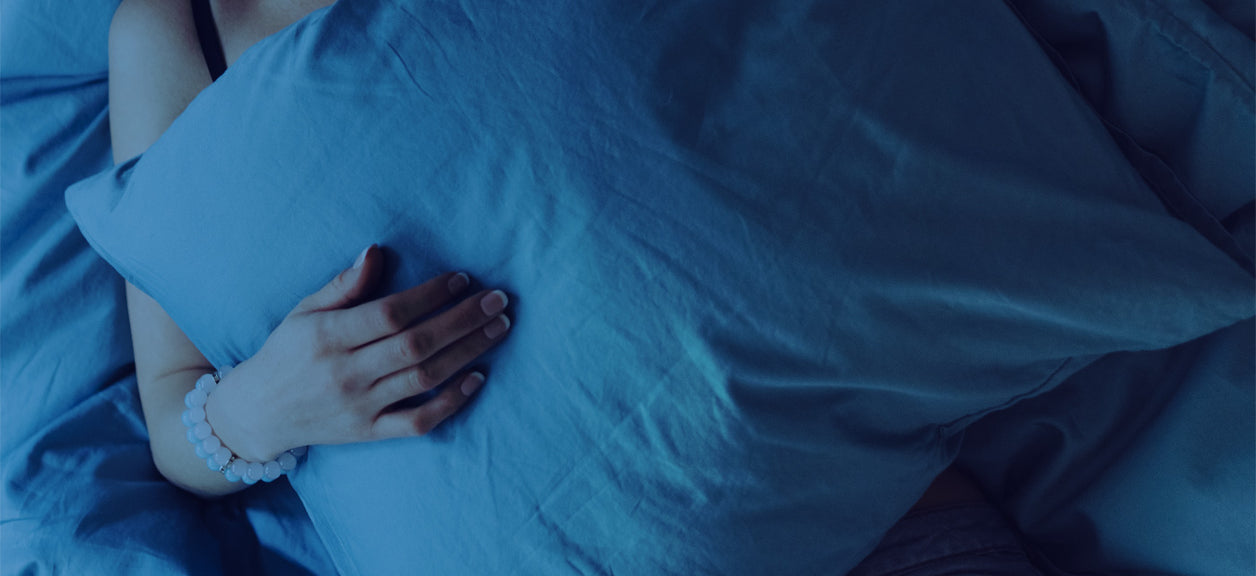
Sleep troubles could be caused by air pollution
The Research
If you’re part of the 60 percent of American adults who report having sleep problems a few nights a week or more, the air around you may be the culprit. In addition to the negative effects allergies have on sleep, new research by the University of Washington shows a link between poor sleep quality and air pollution.
The Findings
The study looked at two different kinds of pollution: nitrogen dioxide, which is related to traffic, and fine particulate matter. Researchers measured sleep efficiency, the amount of time subjects were asleep vs. the amount of time they were awake, and found that people exposed to high levels of either pollutant had an increased likelihood of low sleep efficiency. Those experiencing high levels of nitrogen dioxide had a 60% increase in likelihood of low sleep efficiency, and those exposed to high levels of fine particulate matter had a 50% increase in likelihood of low sleep efficiency. Additionally, higher levels of pollution were linked to longer amounts of time that subjects were awake—i.e. insomnia—after initially falling asleep.
The Explanation
Martha Billings, assistant professor of medicine at the University of Washington, and co-author of the research explains that these pollutants can irritate the nose, sinuses, and back of the throat, which can disrupt sleep or cause other breathing issues. Additionally, since these pollutants can enter your bloodstream, it is possible that they affect your brain chemistry which, in turn, can affect the regulation of breathing.
The Takeaway
While traffic-related pollution levels may be hard to fix without changing your address, you can make adjustments to regulate the air inside your home, whether it is nitrogen dioxide or fine particulate matter. Keep windows closed and sealed, and consider a ventilation fan for your attached garage if you don’t have one. You can also reduce the amount of smoke in and around your home by not smoking, burning yard waste, and using wood-burning stoves. Additionally, use an air purifier with an HEPA filter in your home to remove pollutants and particulate matter to help you sleep and breathe easier.
Disclaimers
1Coway air purifiers have been proven to trap dust, pollen, dander, viruses and bacteria in the air based on KCL (Korea Conformity Laboratories) testing.They have been tested in a 30㎥ size chamber according to the Korea Air Cleaning Association standard (SPS-KACA 002-132:2022 Modified) to measure the 0.01㎛ size of particle removal rate. It was tested on maximum airflow speed in normal room temperature and humidity conditions. The performance may vary in the actual living environment of customers.
→ Tested with Airmega Aim, 50, 100, 150, 160, Tower AP-1216L, Mighty AP-1512HH, MightyS AP-1512HHS, 200M, Icon, IconS, 230, 240, 250, 250 Art, 250S, 300, 300S, 350, 400, 400S, 450, ProX
299.97% of viruses, bacteria, fungi and pollen were verified to be removed from the air for Coway air purifiers which have Green True HEPA™ filter applied based on the Japan Food Research Laboratories(JFRL) testing according to JEM 1467 standard.
→ Tested with Coway Airmega Mighty AP-1512HH, MightyS AP-1512HHS, 250, 250 Art, 250S, 300, 300S, 400, 400S
→ All tested by JFRL and received above result within below time.
4The concentration of ammonia, acetaldehyde and acetic acid were proven to be removed within 30 minutes by FCG Research Institute, Inc. Human Life Science Lab. It is not a demonstration result in the actual use space. Not all odors and gases may be supported. → Tested with Coway Airmega 150, 160, Mighty AP-1512HH, MightyS AP-1512HHS, 400, 400S
5The coverage area of the air purifier is based on an area where the air cleaner can make two air changes per hour (ACPH). An air change per hour translates to how many times an air purifier can clean an area, assuming the height of a ceiling to be 8 ft, in one hour. Therefore ** means two air changes per hour means that the cleaner can clean the area once every 30 minutes and * means air changes per hour means that the air purifier can clean the area once every 60 minutes.
10Terms and conditions apply. Discounts, including promotions, coupons, bundle discount and subscription discount, cannot be stacked on top of other coupons. During promotional periods, discount codes will not be able to be applied to orders. Promo codes may apply to products only—filters, accessories, and new products within 3 months of the release date are not included.
11Based on Coway R&D internal laboratory testing, activated carbon filtration was shown to remove up to 95% of ammonia odors within 40 minutes, and up to 99% of fecal odors within 20 minutes. Actual performance may vary depending on usage conditions.



























